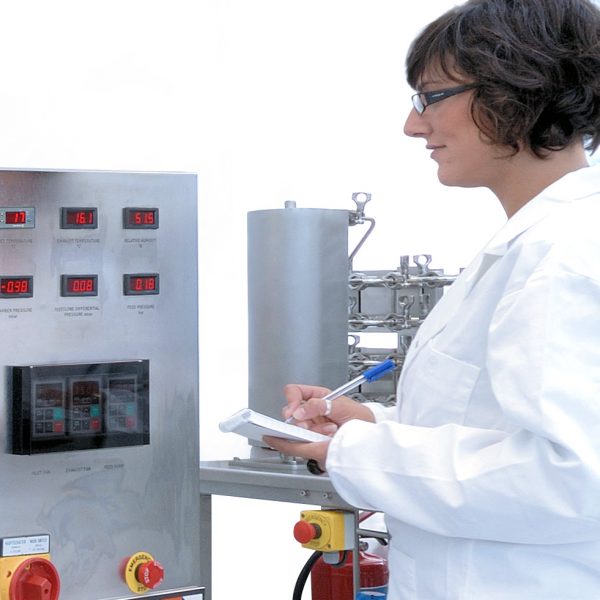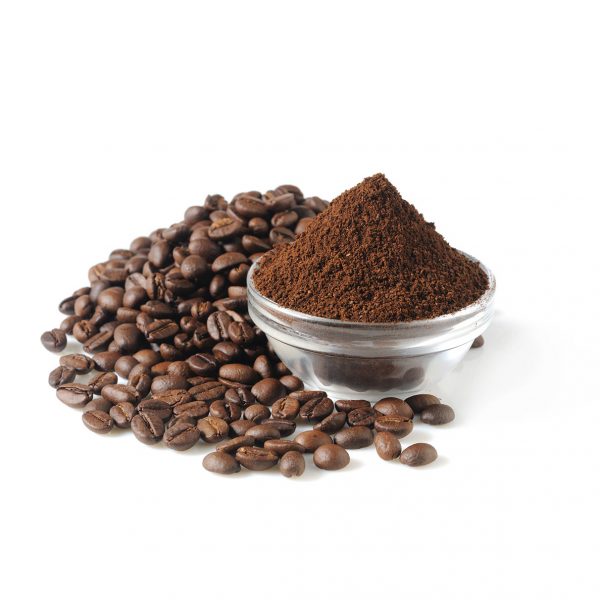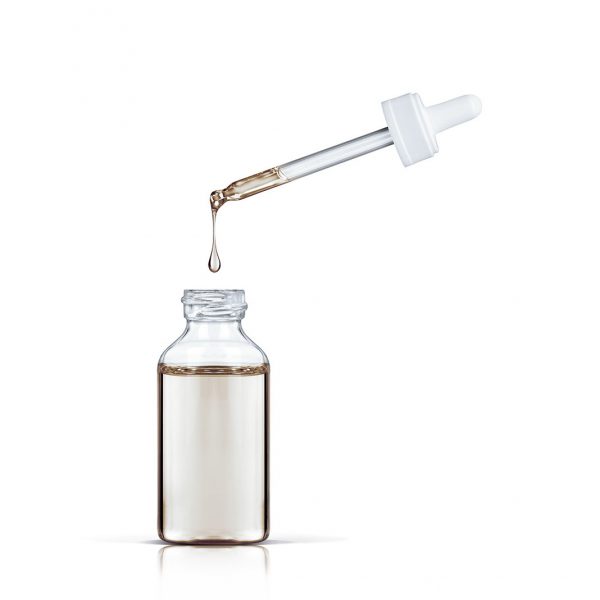Sorry, no posts matched your criteria.
Great Britain and Northern Ireland
+44(0)1425 478781 [UK]
- Armfield Beverages Equipment

- Armfield Dairy

- Armfield Edible and Essential Oils

- Armfield Educational Food Technology

- Armfield Flavours and Fragrances

- Armfield Ingredients

- Armfield Liquid Foods

- Armfield Nutraceuticals

- Armfield Pharmaceuticals

- IFT Series - Industrial Food Technology

- Aerospace
- Agricultural
- Chemical
- Civil
- Environmental
- Geology & Geography
- Marine
- Mechanical
- Public Health
- BE Series - Biochemical Engineering

- C Series - Advanced Fluid Mechanics

- CA Series - Control and Acquisition Systems

- CE Series - Chemical Engineering

- CM Series - Internal Combustion Engine

- Distance Learning and Remote Access

- EF Series - Engineering Fundamentals

- F Series - Fluid Mechanics

- FE Series - Irrigation Water Management

- FM Series - Fans and Compressors

- FS Series- Fluid Science

- FT Series - Educational Food Technology

- H Series - Hydraulic Instruments

- HT Series - Computer Controlled Heat Exchange / Heat Transfer

- MAM Series - Mechanical & Automotive Mechanisms

- ME Series - Machine Elements Series

- NA Series - Naval Architecture

- PCT Series - Process Control Teaching System

- RA Series - Refrigeration & Air Conditioning

- RE Series - Renewable Energy

- S Series - Applied Hydraulics & Hydrology

- ST Series - Structural Engineering

- SV Series - Statics & Vibrations

- TH Series – Thermodynamics

- UOP Series - Unit Operations

- W Series - Water Treatment
